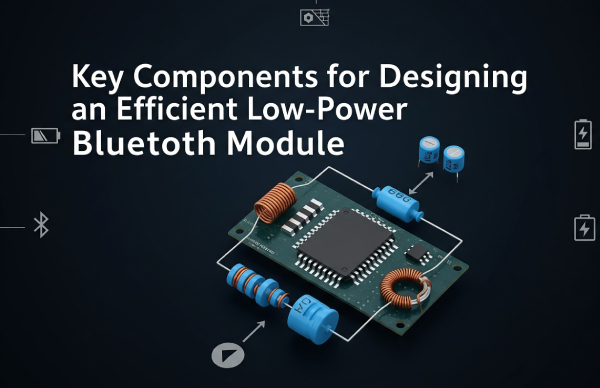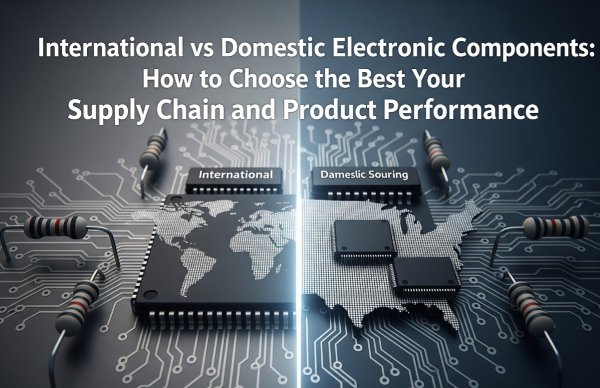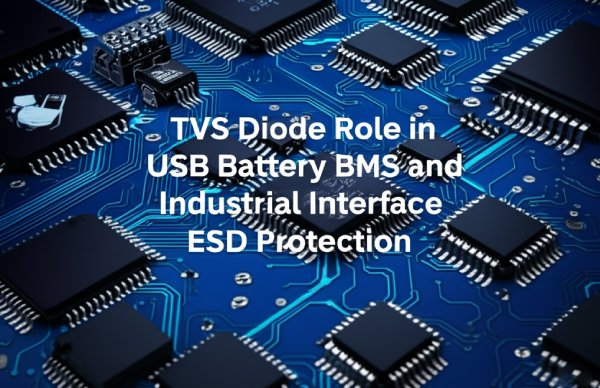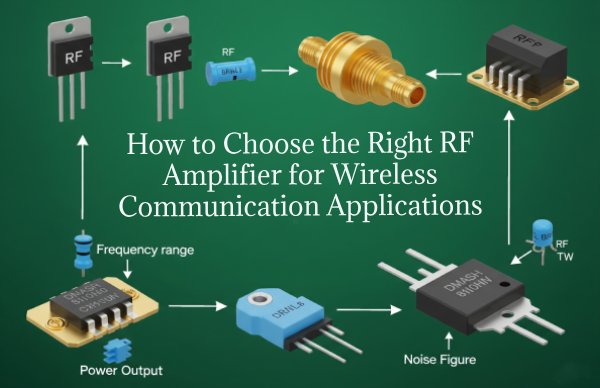A typical design begins with a high-capacity AC/DC converter module that includes power factor correction (PFC) to maximize the power available from the AC power supply and meet various regulatory power factor requirements.
There are many ways to design a DC/DC section, but to improve power efficiency, size, speed, and cost, power architectures have evolved from bulky, inefficient centralized power architectures (CPAs) to compact, high-performance. Efficient Distributed Power Architecture (DPA) and Intermediate Bus Architecture (IBA).
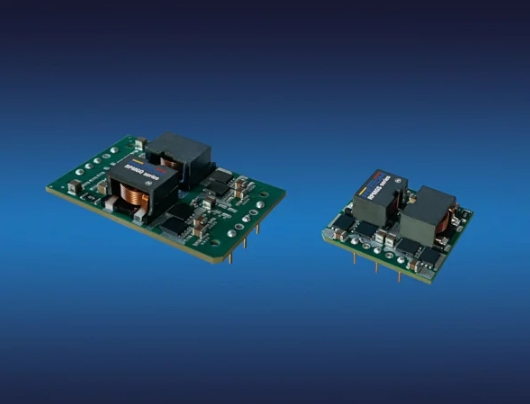
Figure 1. RECOM’s point of load DC/DC converters.
Figure 2 shows the three types of designs. the CPA architecture generates all system voltages in a central location. It then uses the distribution bus to route the required DC voltages (e.g., 12 V, 5 V, and 3.3 V) to individual PCBs and devices.
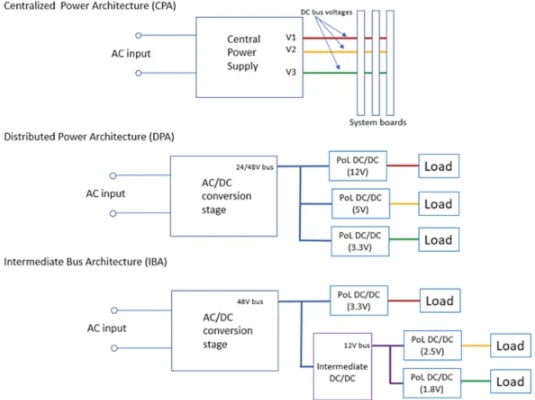
Figure 2. Centralized and distributed power architectures.
In contrast, DPAs and IBAs rely on higher DC system voltages of 24 V or 48 V. The point of load (PoL DC) then generates all the system voltages. A point-of-load (PoL) DC/DC converter then converts the voltage to the desired value. As stated in the name, the PoL DC/DC converter is located as close to the load as possible.
Both architectures are designed to minimize power consumption. Transmitting power from a power source to a load through a resistive connection, whether it's a wire, bus, or PCB run, results in power loss in the form of heat, called distribution loss. Current distribution loss is proportional to the square of the current and is given by P = I2R, where R is the resistance of the wire or bus bar. Reducing it requires reducing the resistance of the current or wire.
Reducing the current while providing the same total power to the load requires an increase in voltage (P = VI). For example, doubling the voltage from 24 V to 48 V reduces current by 50% and distribution losses by 75%. Attempting to achieve the same result by lowering the resistance of the conductor would require a quadrupling of the conductor cross-sectional area, which would increase weight and cost.
Another reason to switch to distributed power architectures is improved thermal management. Distributed designs distribute heat-generating components over the entire surface area of the device to minimize hot spots. An enemy of electronic components is heat.
It is well known that elevated operating temperatures lead to increased failure rates. In some applications, such as large LED displays used in sports stadiums or Las Vegas, the effects of overheating are obvious - the light output of the LED decreases as the junction temperature increases. Localized hot spots can cause LEDs to fail faster and appear dimmer throughout their life.
DPA or IBA - how to decide?
A number of industrial and factory automation applications use 5 V or 3.3 V as the system voltage for digital devices. These applications are well suited for DPAs with a single PoL DC/DC converter at each load to step down the 48 V supply rail to a lower voltage.
However, many other applications, including 4G and 5G telecom installations, high-performance blade server racks in data centers, cloud computing, and enterprise IT systems, rely heavily on digital devices such as MPUs, GPUs, and ASICs with small geometric designs running at 1.8 V or even lower. These devices require power supplies that deliver hundreds of amps of current and extremely fast transient load response. Single-step step-down from 48V to 1.8V is inefficient because the DC/DC converter switching transistors have a very low duty cycle, resulting in degraded transient response.
In this case, an IBA is preferred. The intermediate DC/DC converter stage converts 48 V to voltages such as 3.3 V or 5 V. The final PoL DC/DC converter performs a 3.3 V to 1.8 V step. In addition, the ratio between input and output is small, allowing for faster response times.
RECOM DC/DC Converters for PoL Applications
RECOM's RPMGQ-20 and RPMGS-20 DC/DC regulators are ideally suited for 24 V, 28 V, and 48 V power rails as PoL solutions in DPAs.
The RPMGQ-20 and RPMGS-20 are open-frame, through-hole, non-isolated DC/DC buck converters rated at 20 A output current.
The RPMGQ-20 is available in an industry-standard quarter-brick format, while the RPMGS-20 is available in an emerging standard package size of 36.83 mm x 34.04 mm (1.45" x 1.34") with a standard sixteenth-brick pin-out. Both products have a maximum height of 15 mm from the mounting surface. The devices operate with 18 V to 75 V inputs, with optional nominal outputs of 5 V or 12 V, adjustable over a wide range of 3.3 V to 8 V and 8 V to 24 V, respectively.
The RPMGQ-20 and RPMGS-20 parts are very efficient, peaking at 98% for the 12 V output version and 94% for the 5 V output version, with a nearly flat efficiency curve down to about 10% load. Due to the low losses and advanced thermal design, all models can be derated to 120°C and are fully loaded at airflow ambient temperatures above 90°C. The product is available with input undervoltage, output undervoltage, and output overvoltage.
They are fully protected against input undervoltage, output overcurrent, short circuit and over temperature. Remote sense and control inputs are also available.
Power Architecture Design Improvements
Increasingly stringent requirements for higher efficiency, better thermal management, and higher transient performance have driven improvements in power architecture design. High efficiency PoL and intermediate bus DC/DC converters are key components of these new approaches, and RECOM's new RPMGQ open frame design is well suited for distributed power applications.
For more bolgs, please visit perceptive-ic.com.














